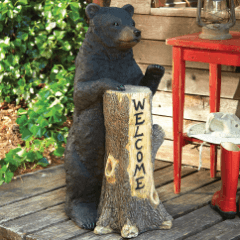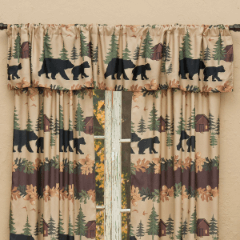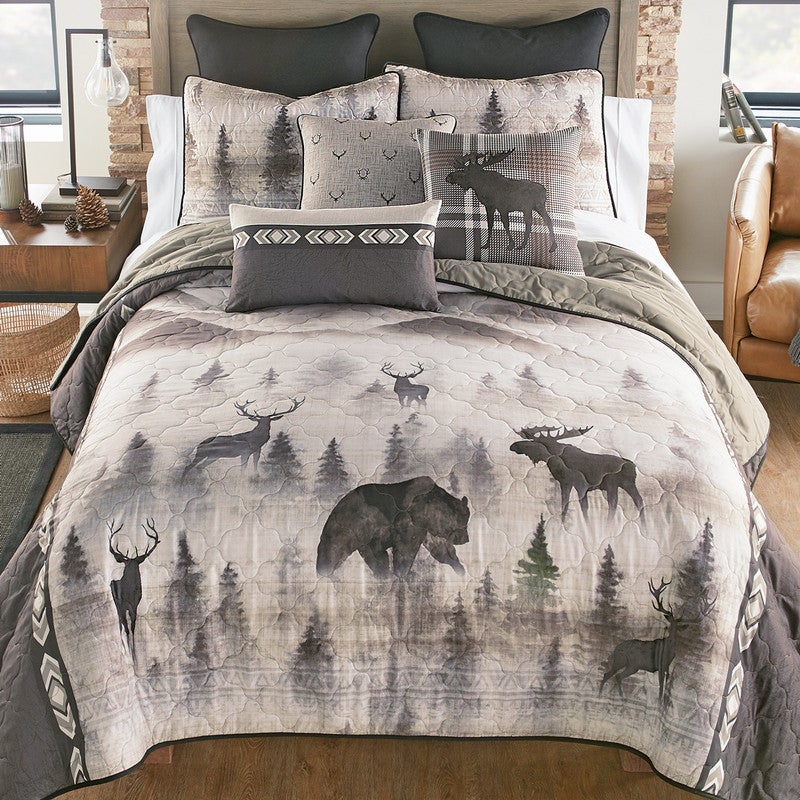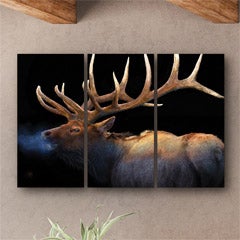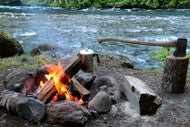How to Safely Build the Perfect Campfire
Apr 16th 2019
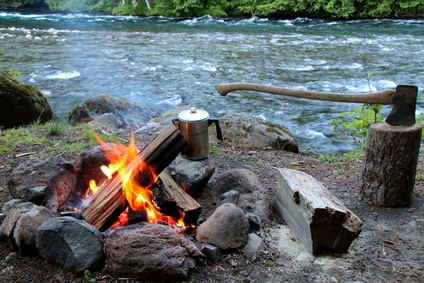 Toasting marshmallows, telling stories, and gathering around a campfire brings people together. The warmth and light of the campfire is an ancient ritual that's been around as long as humans have. Starting a fire safely, however, isn't as simple as you'd think. If you follow these steps, though, you'll be warming your hands and reaching for marshmallows in no time.
Toasting marshmallows, telling stories, and gathering around a campfire brings people together. The warmth and light of the campfire is an ancient ritual that's been around as long as humans have. Starting a fire safely, however, isn't as simple as you'd think. If you follow these steps, though, you'll be warming your hands and reaching for marshmallows in no time.
- Gather your materials. You'll need four basic things in order to build a fire: tinder, kindling, wood, and a flame.
- Tinder is material that burns quickly, and its function is to generate enough heat to get the kindling burning. The best sources of tinder include: dryer lint (no, really; it's very flammable), birch bark, commercial fire starters, cotton balls coated with Vaseline, and other DIY fire starters; there are a number of recipes. Newspaper or paper plates can be used in a pinch. It's always best to bring your own tinder, rather than relying on finding it. Tinder has to be dry, so you should plan ahead.
- Kindling should also be dry, so if you're not certain your campsite or fire site will have an ample supply, it's a good idea to bring your kindling, as well. Kindling is small diameter branches and twigs that start building the heat you'll need to get your fuel wood going.
- Wood for fuel should be dry if at all possible, but once your fire is going, you can even use damp or green wood, though you will get considerably more smoke.
- Long matches or a lighter with a long handle are best for starting fires safely. Though there are a number of techniques for starting fires without matches, that's an entirely different level of outdoorsy!
- Select your site. Your best bet will always be an established fire pit or fire ring, but in the absence of an obvious option, you can create your own safe space to build your campfire. Your space must be level and completely cleared of anything flammable. If the area you select is grass-covered, you must clear it of all grass, ideally digging down, uprooting the grass, and ensuring you're starting on dirt or flat rocks. After you've cleared the site, you can create an outer perimeter for the fire using rocks or bricks. Your goal is to safely contain your campfire and prevent it from spreading.
- Build your fire. There are three basic ways to can easily build a campfire.
- Teepee. The teepee is the simplest method of building your fire. You just place your tinder in the center of your fire pit, arrange your kindling around the tinder standing on end, leaning toward a point in the center, and use small pieces of fuel wood arranged in another layer over the kindling. The circular design tends to hold its shape until the fire has caught and additional wood can be added.
- Log Cabin. Again, tinder goes in the center of the fire ring, and you use fuel wood and kindling set at right angles to build a square around the tinder. The smallest kindling goes at the top so it catches first.
- Lean-To. The lean-to is ideal when it's windy. Start by laying a big piece of fuel wood flat to serve as a windbreak. Place your tinder near the wood, then use a long piece of kindling to lean against the wood, over the tinder. Use smaller pieces of kindling to lean against the long piece over the tinder. By the time the structure collapses, you'll have a fire that can withstand the wind.
- Extinguish your fire. Safely putting your fire out is the most often overlooked step in building safe campfires. It's always a good idea to have a water source nearby in case your fire grows larger than you'd anticipated. You'll also need that water to safely put your fire out when you're ready to call it a night. Stop adding fuel to the fire well in advance, and when it's time, sprinkle water on the fire and use a metal shovel to stir the coals, turning them over and mixing in some dirt with the water. It can be a long process, especially if the fire has burned for some time, but be patient. Keep mixing in small amounts of water and dirt until the fire is completely out and you no longer feel heat if you hold your hand over the fire pit. Don't ever leave a fire burning after you turn in for the night.
There's one important principle you need to understand regardless of which three styles of campfire you build: Fire works as a triangle—it requires three things, and if any one of the three isn't present in the right amount, your fire will go out. You must balance heat, fuel, and air to build a great campfire. Make sure you don't stack so much kindling and wood around your tinder that it can't get air. Fires need to breathe; give them plenty of airflow.
Building a perfect campfire doesn't have to be difficult, though it's certainly a skill you can improve with practice. Besides, we can all use an excuse to make some s'mores! A few final tips to make your campfire easy and safe:
- You'll need more tinder and kindling than you think. Assemble plenty, and then assemble a little more!
- Don't ever burn treated lumber. Lumber treated with preservative chemicals to prevent rot and decay will release incredibly toxic fumes that can be completely odorless. Don't ever burn old lumber (from houses, decks, or industrial locations) unless you're absolutely certain it wasn't treated in some way.

